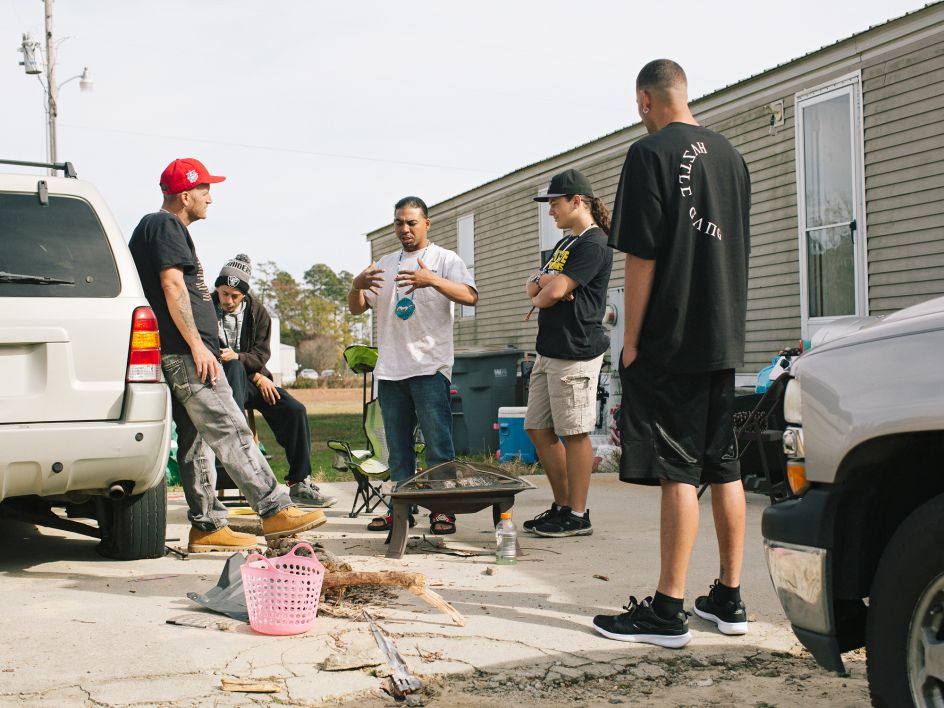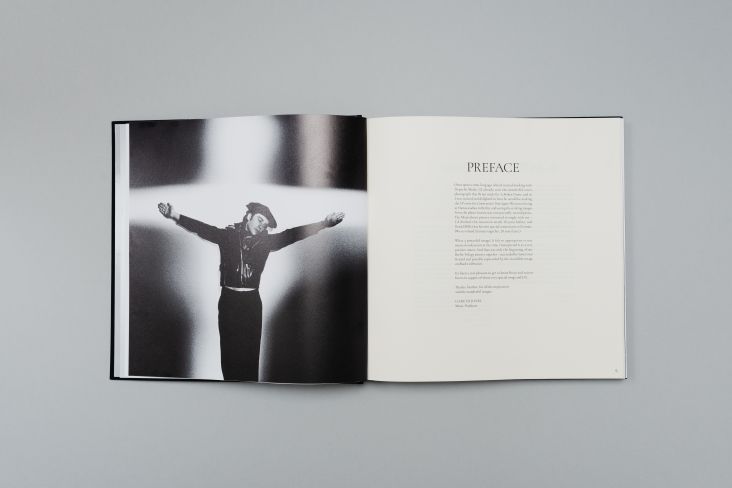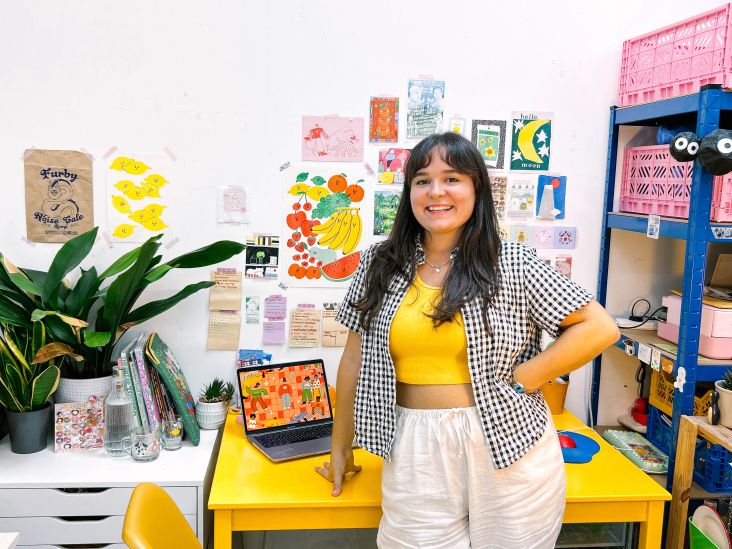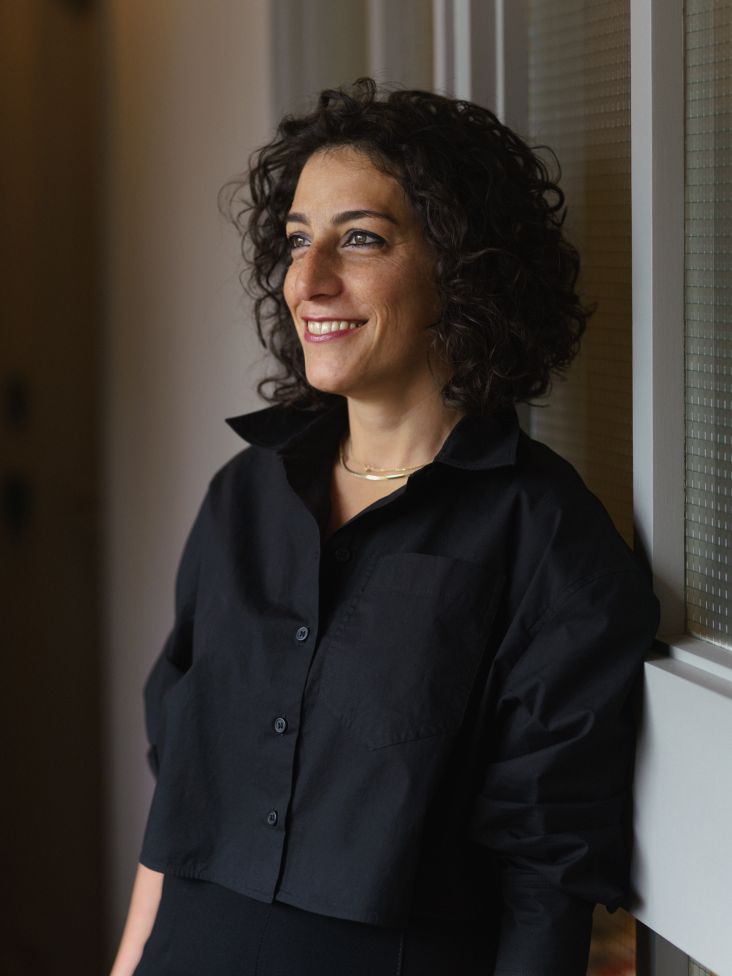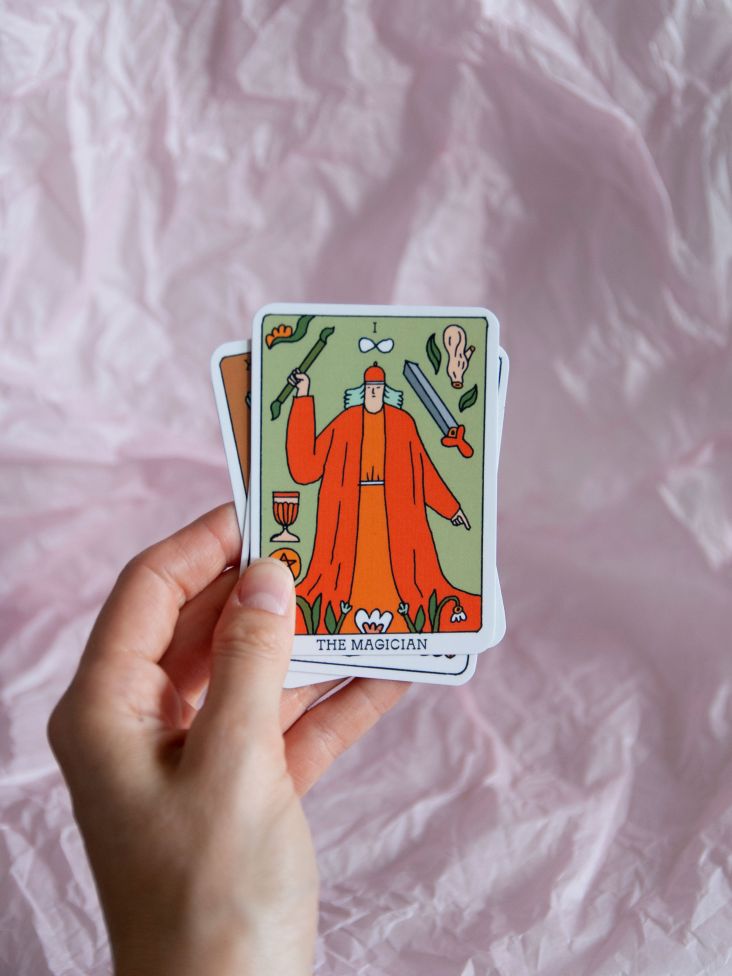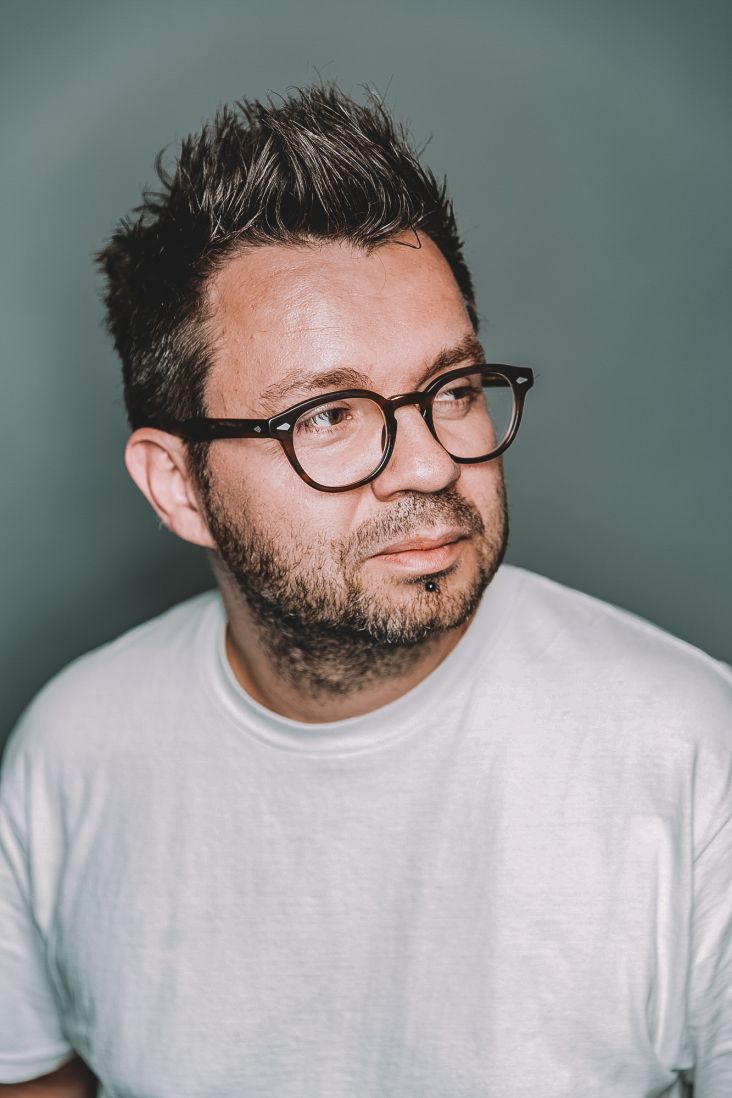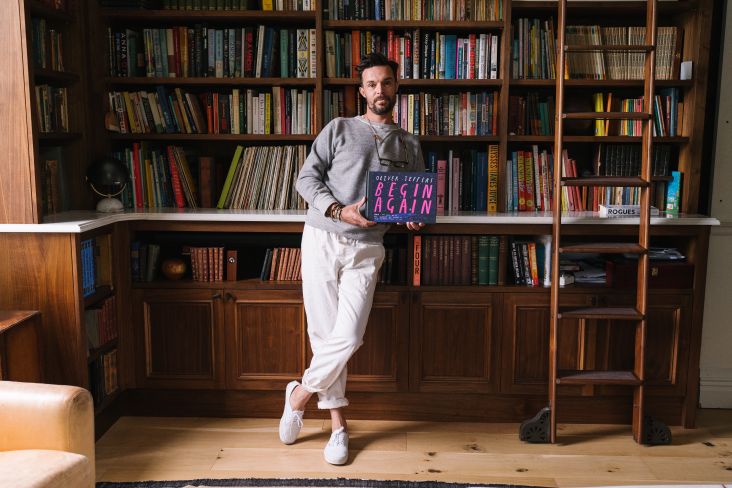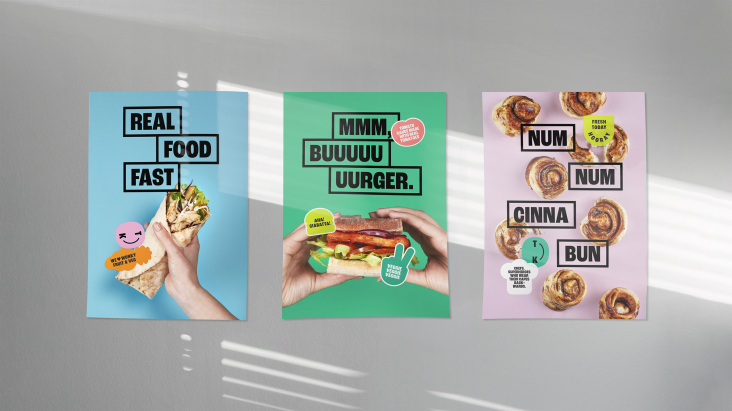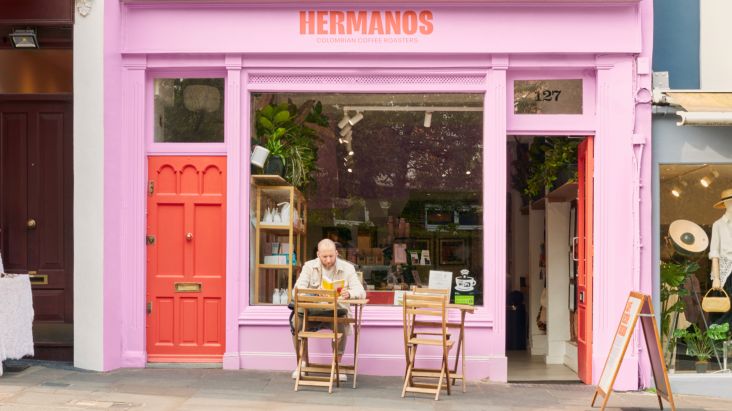You Don't Look Native to Me: photographer Maria Sturm on the lives of Native Americans
Chronicling tribal peoples in North Carolina led German photographer Maria Sturm to discover new things about the lives and legal status of Native Americans – but also about herself, as she reveals in this exclusive interview.
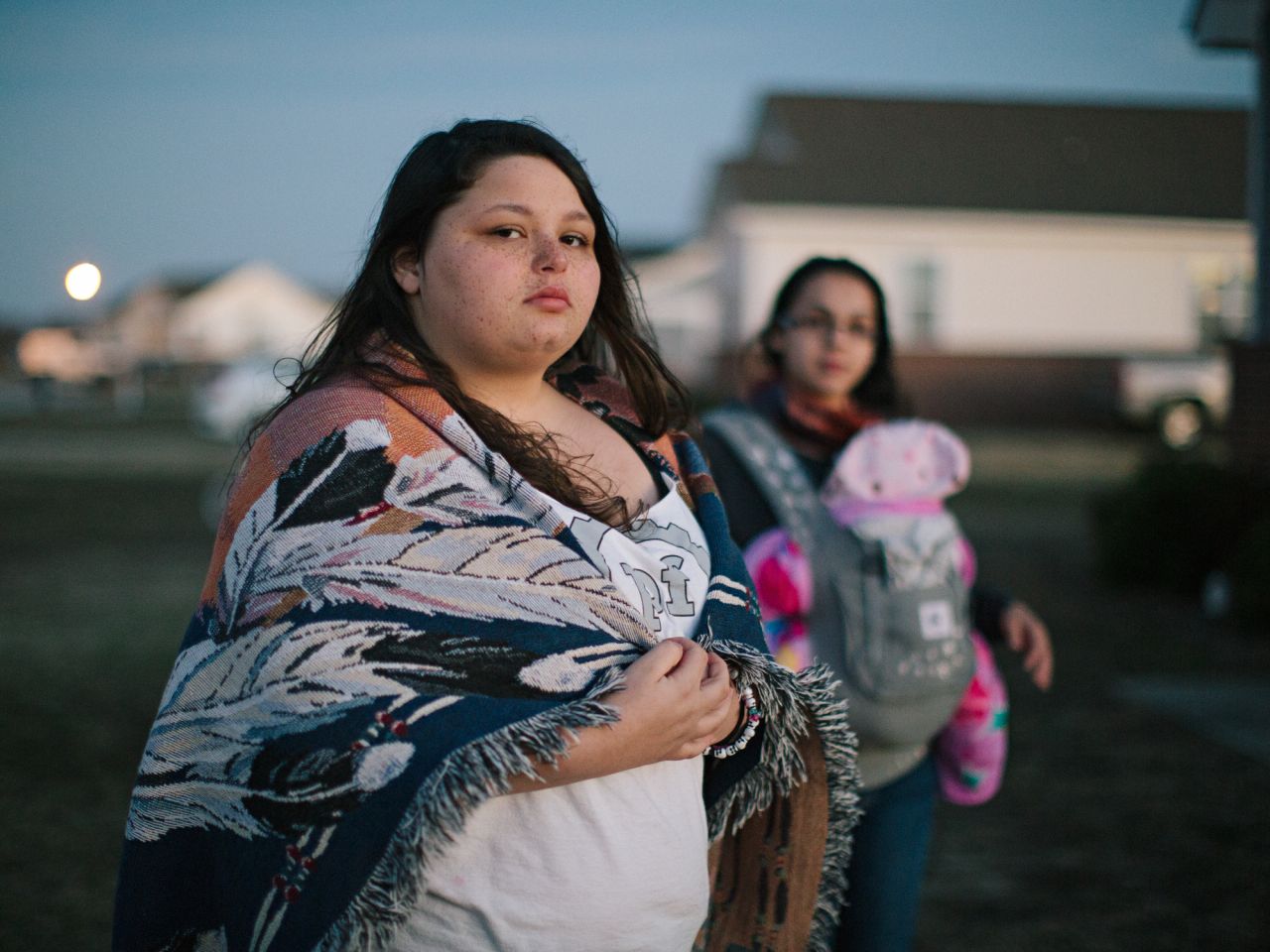
The relationships between the US government and Native American tribes aren't something most of us in the UK know a lot about. But even most US citizens find it all a bit difficult to follow.
How can some tribes be officially recognised and others not? How can an indigenous person have blond hair and blue eyes? It's this sea of confusion that German photographer Maria Sturm stumbled into in 2011 when she began to photograph the lives of young people from the Lumbee Tribe around Pembroke, Robeson County, North Carolina.
Through the process of documenting their lives, Sturm began to question her own understanding of this issue. This led her to embark on an award-winning photo series that's been widely exhibited and now published as a book. Combining photographs with interviews and texts, You Don't Look Native to Me digs deep into the idea that Native identity is not fixed, but evolving and redefining itself with each generation.
We chatted to Maria about the idea's origins, some contradictions around the identity it uncovered, and what it made her realise about her own place in the world.
Origins
The series began after a conversation she had with her stepdad in 2011. "He told me about his friend Dr Jay Hansford C. Vest from the then-federally unrecognised Monacan Indian Nation from Virginia," Maria recalls. "I literally stumbled over the word 'unrecognised'. What does it mean? Why are there Native American people unrecognised in the US today? How can that be? What are the criteria for being recognised? And how can institutions decide who you are and who you are not?"
With a bit of research, she uncovered some answers. "To get full recognition, you must petition at the Bureau of Indian Affairs, the BIA, and prove your 'nativeness'," she explains. "Unrecognised tribes may not meet the BIA's criteria, for example, because they have lost their ancestral language, their history or are mixed-race. And that means they aren't eligible for financial support or any land rights by the United States government. The tribe my dad mentioned, the Monacans, were one of six Virginian tribes that were federally recognised as of January 2018."
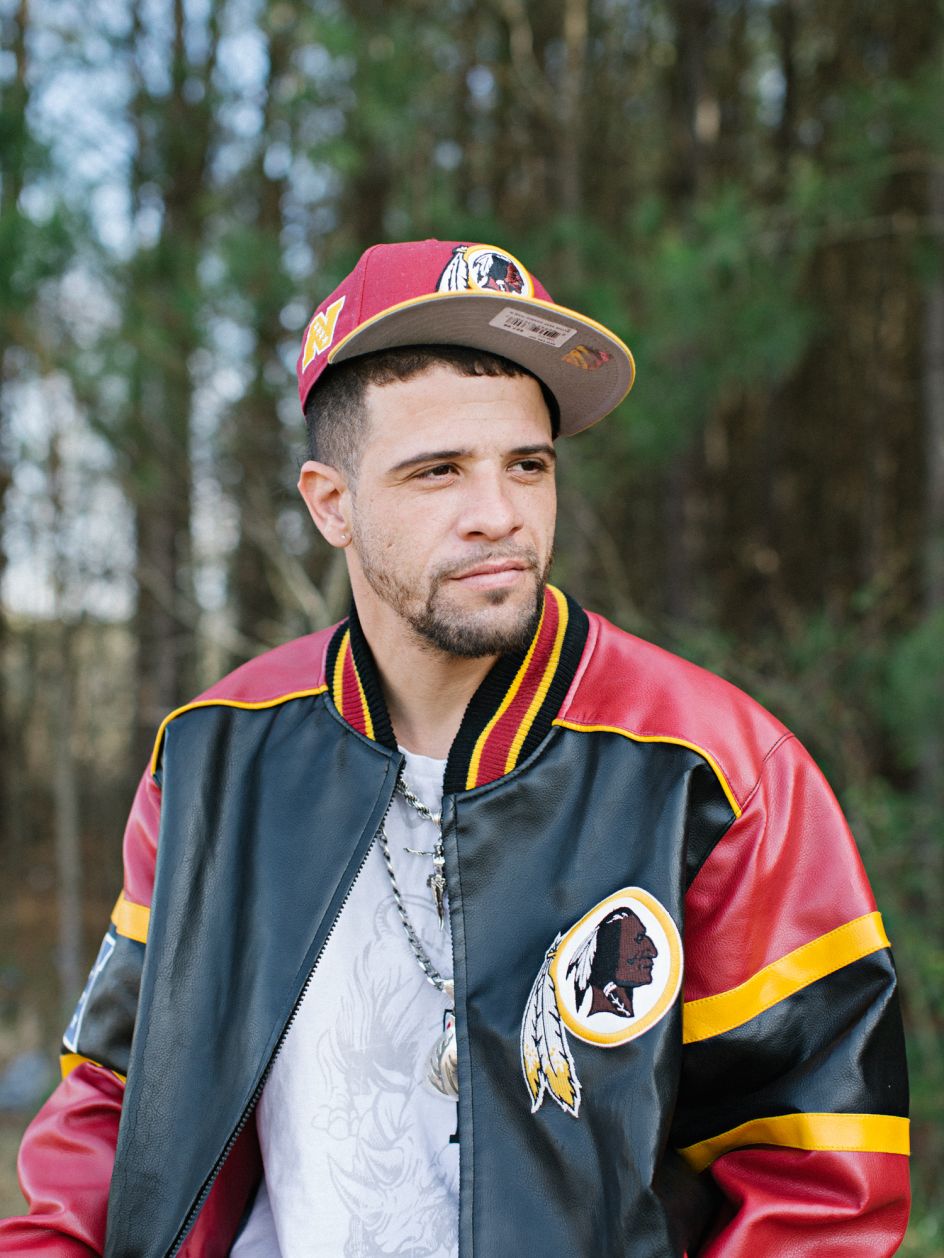
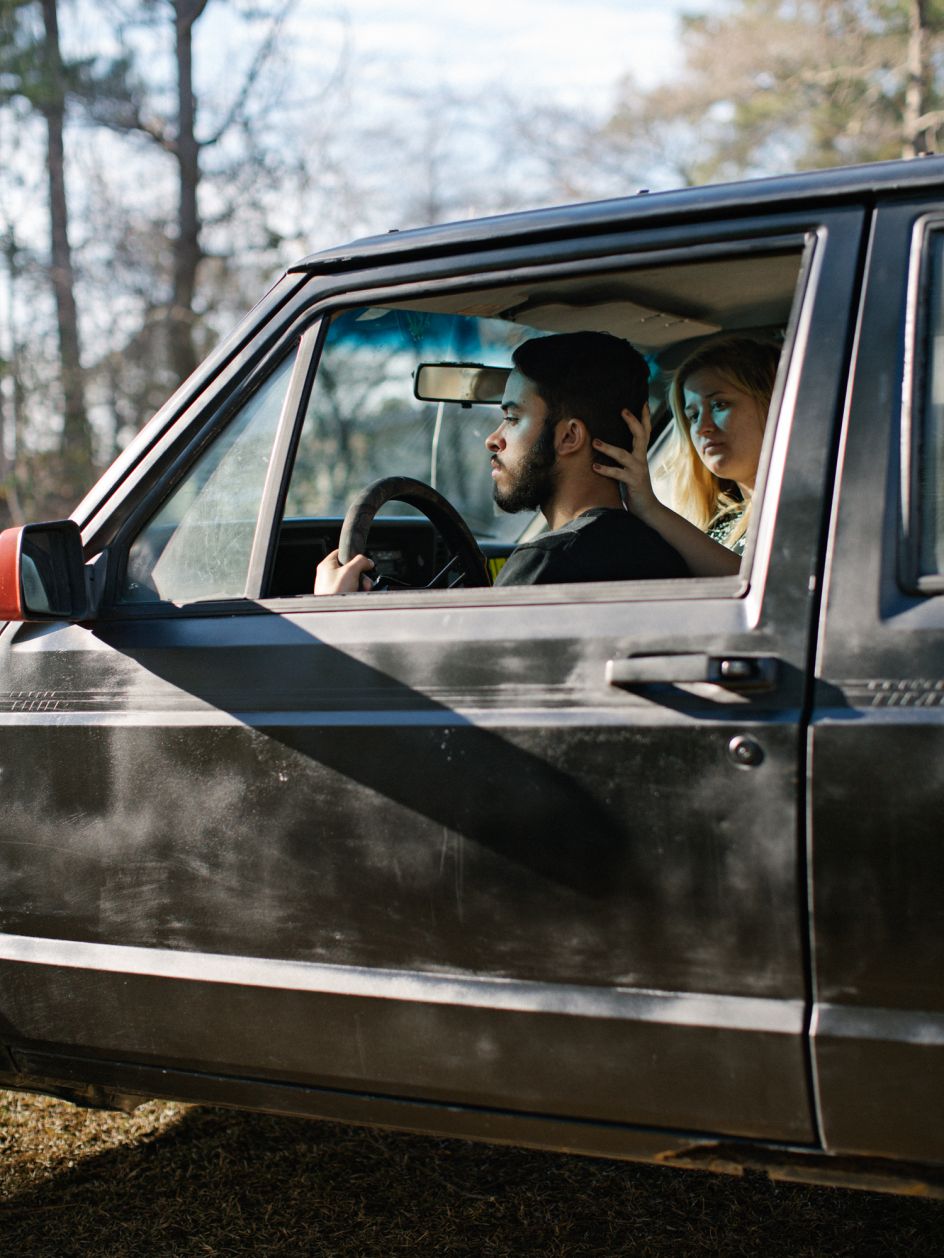
Later in the same conversation, her dad further unnerved her by mentioning that Jay was blond and had blue eyes. "I paused, realising my own confusion. 'Why can't a Native American have blond hair and blue eyes?' I didn't grow up watching Western movies, yet still, I had an image carved in my head of what somebody I hadn't met before was supposed to look like. I started thinking about how we absorb references and solidify tropes."
Maria's reaction shook her so thoroughly that she knew she wanted to do a project about this topic. "I thought: 'If I can have a physical reaction to a contradiction that leads me to question what I think I know, someone else could have a similar experience.'"
Background
Her photographs, at first glance, depict the daily life of an archetypal American community. On closer inspection, though, elements of tribal affiliation start to reveal themselves. A street named 'Dreamcatcher Drive'. A 'Native Pride' baseball cap with a feather. Halloween fangs on a Tuscarora child in regalia. All these things make sense where nearly 90% of the population identify as Native, and Maria's photographs present them as individuals with their own unique identity and shared culture.
The presence of Native symbolism on street signs, pictures on walls, on cars, on shirts and as tattoos shows how a stereotypical image is often presented back to them. The book's title, You Don't Look Native to Me, is borrowed from a quote familiar to many residents of Robeson County and encapsulates the discrepancy between their identity and preconceptions of others.
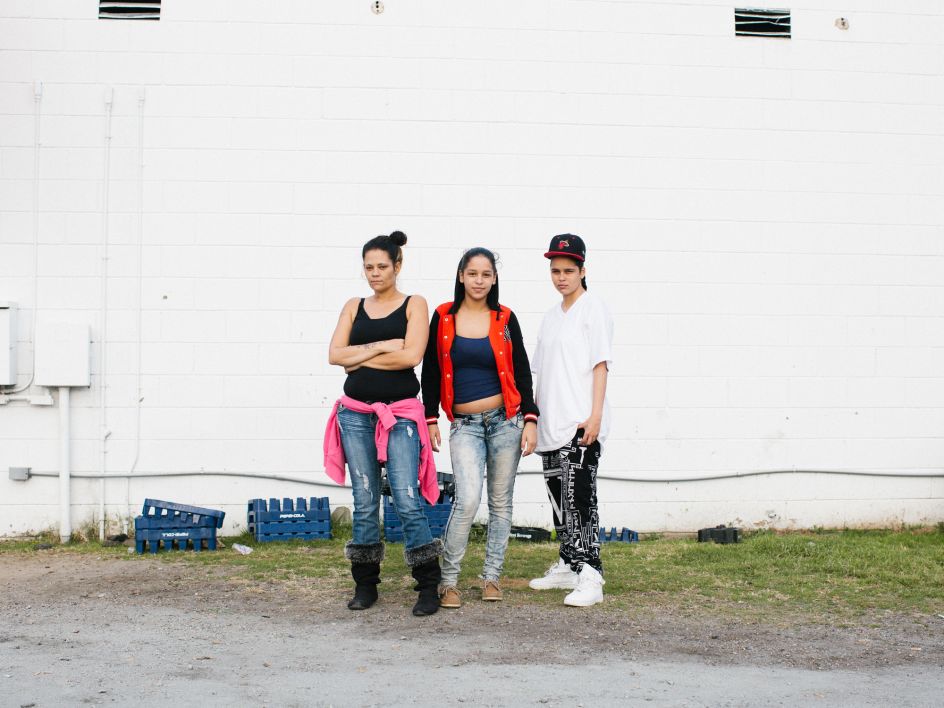
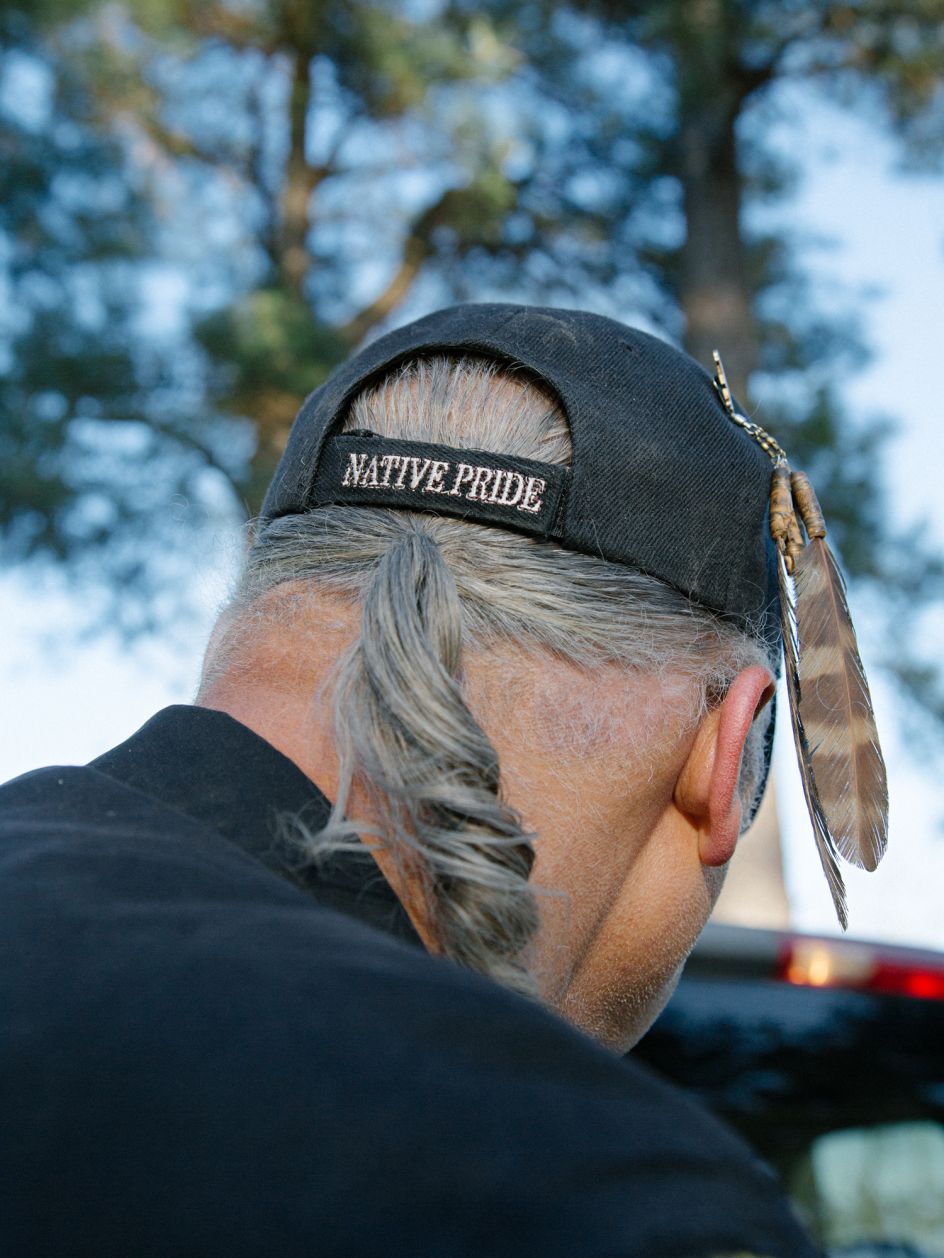
The location for her shots, Pembroke, is the tribal seat of the Lumbee Tribe of North Carolina, the largest state-recognised tribe east of the Mississippi River. However, although state-recognised, they are federally unrecognised and neither have a reservation nor receive financial benefits from the federal government.
The Lumbee name was voted for in 1952 to unite all tribes in the area in an attempt to gain federal recognition. Yet, to this day, their tribal status remains one of the most debated in the United States.
Beyond stereotypes
This legal and political issue is interesting in its own right, but just as important is what Maria's project has taught her about herself. "Above all, I have learned that I have stereotypical ideas about people I have never met," she says. "And not only people, but situations as well.
"With this acknowledgement, I try to recognise my stereotypical thinking when it occurs in order to deconstruct it," she adds. "I want to free myself from preconceived ideas and beliefs, and to do this, I try to train myself to be more open, attentive, and a better listener with each encounter."
One specific thing Maria has learned is that being unrecognised is not a unique experience for the Lumbees. "There are over 200 unrecognised tribes, spanning from East to West and North to South," she explains. "If you don't resemble the stereotypical look of a Native person, people question your identity, lineage, or heritage. But only if you come to talk about identity in the first place. You can be visually ignored at other times because you may pass for black, Latinx or white. People actually don't recognise you, and that's a paradox.
"We shouldn't forget that all Native people, from recognised tribes as well as other minorities, struggle with invisibility and representation," she adds. "I learned that the invisibility of unrecognised tribes, like the Lumbee, comes in multiple ways."
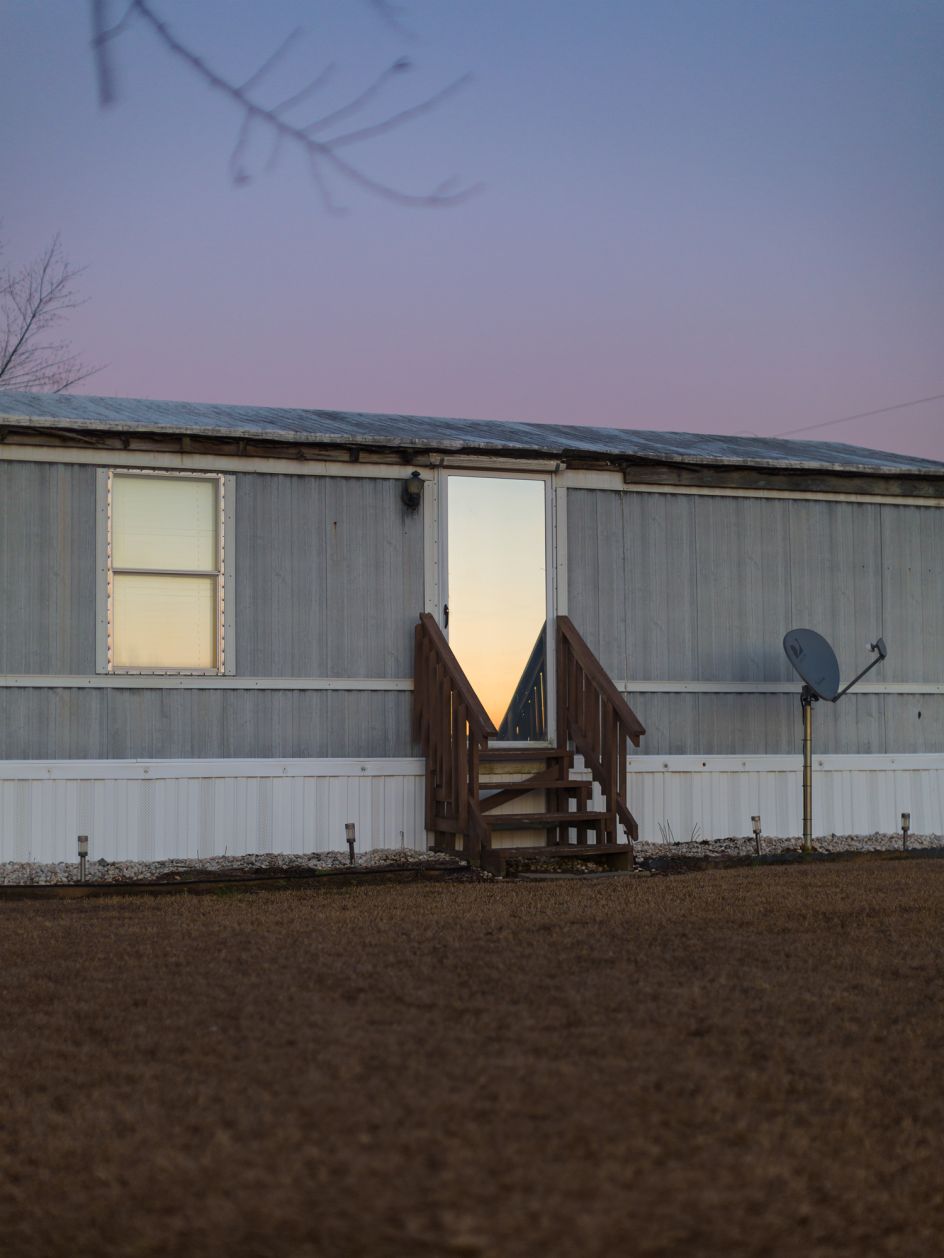
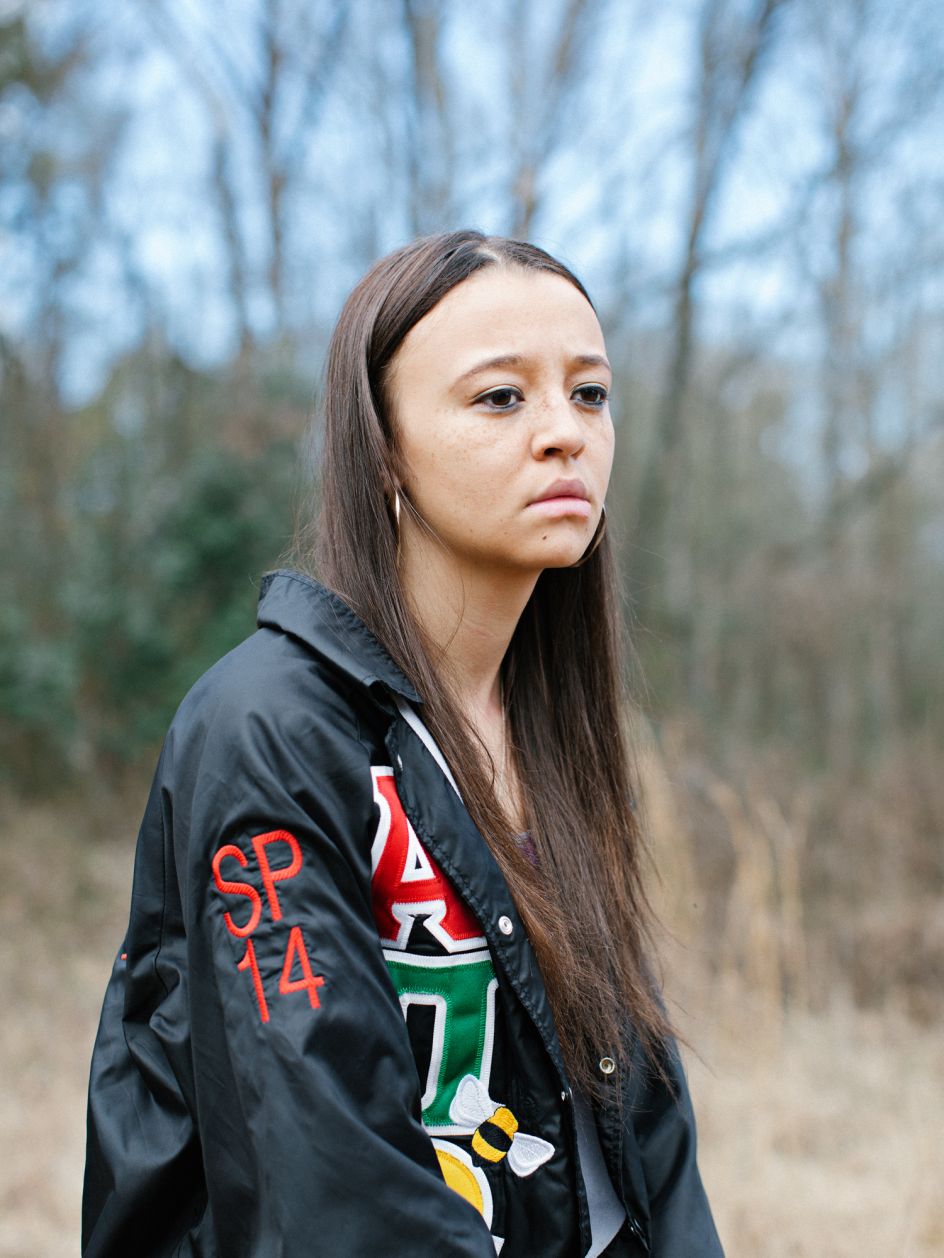
For instance, being such a large tribe like the Lumbee means they're eligible for 70 million dollars a year in federal funds. But that also means they're perceived as a threat by already-recognised tribes, who risk having to share the little they receive. "This sheds an uncomfortable light on us as human beings in a modern world," Maria notes.
Clothing paradox
And these things aren't just complicated on a macro level for Native people, but on a micro level too. She offers an example.
"I photographed Scottie, who is wearing a Redskin Jacket and hat," she recalls. "Many people find it offensive to wear clothing featuring Native-themed mascots and logos because they represent a harmful relic of the long history of racism and discrimination against Native peoples, racism and discrimination that exists to this day.
"Since the 1960s, Native activists have called for ending the use of Native-themed names, mascots, and logos in American sports. But Scottie was wearing it with pride. He told me: 'But this is who I am.' An image like this shows that for some people, their identity manifests in pop-cultural symbols like logos and mascots."
It also shows another paradox. "People might argue that you can't be a real Native; you don't know your history if you present yourself with this type of clothing. The possible reasons why people might wear this kind of imagery aren't important to some, especially Tribes in the southeast who were in contact with Europeans first and have lost much of their history, not only through assimilation but also through fear living through in the segregated South."
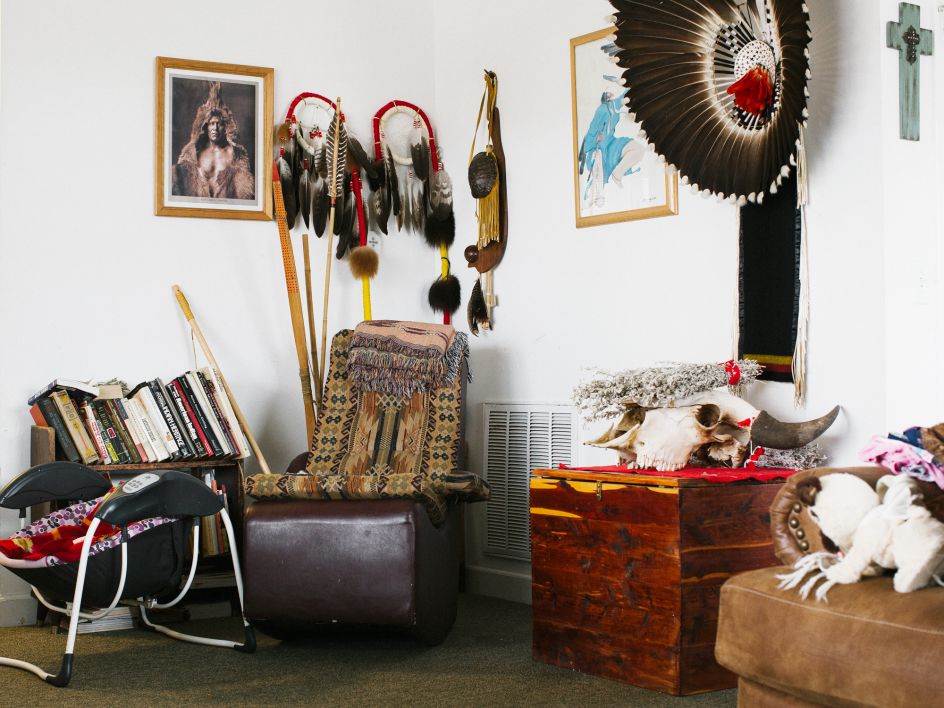
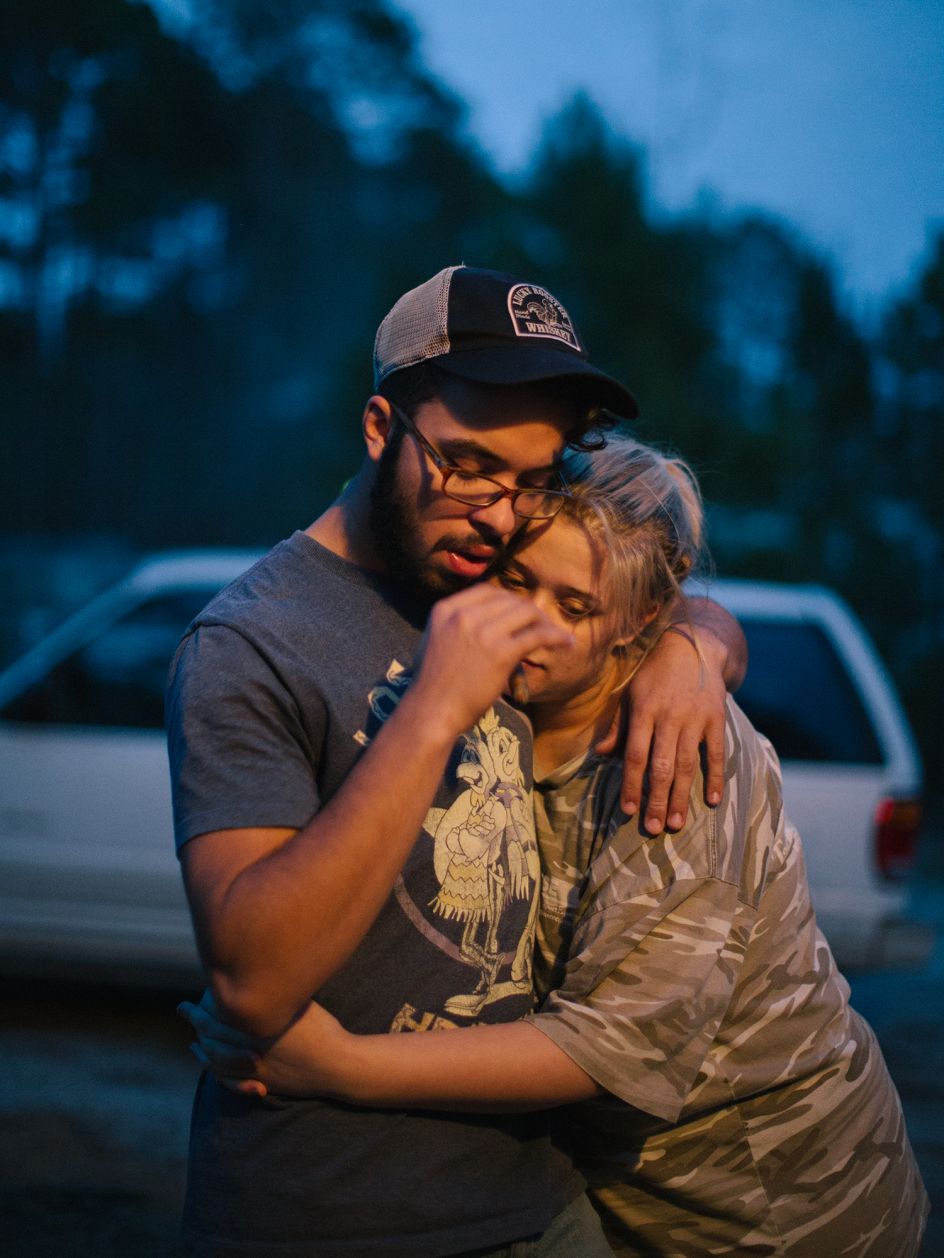
In short, Maria wonders: Who will judge what is right here? "Most of us also don't live like we did 500 or 600 years ago!" she points out. "It is so easy for us to judge others not acting like the stereotype we have of them.
"Since Scottie finds strength in this clothing, should he be allowed to wear it? From how people in the community responded to the images I showed them, some wouldn't share his choice of clothes, but they recognised Scottie as one of them and didn't judge him for it – they had understanding; they share the struggle."
What words to use
It's one of many confusing situations in the modern world, where most of us want to do the right thing, but not everyone knows what that is. Take language. We've all gotten used to using the word 'Native Americans' in recent years, yet many tribal people prefer the term American Indian (hence the persistence of organisational titles such as 'Bureau of Indian Affairs'.) Now, though, even newer terms are emerging.
"In the past few years, I've noticed a growing shift in using the term Indigenous for self-identification compared to Native American," says Maria. "One of the protagonists has expressed a preference for pre-colonial American Native rather than American, which I respect.
"For this project, after research and consultation, I decided to use the term Native American as it seems to still be the most widely used and accepted in official texts and publications. However, I felt it important to acknowledge the debate and that this term is imperfect."
Romania to Germany
All these discussions have also led Maria to look inward. "I've also been reflecting on my own identity since I'm originally from Romania, and my mother moved us to Germany in 1991 when I was five years old," he explains.
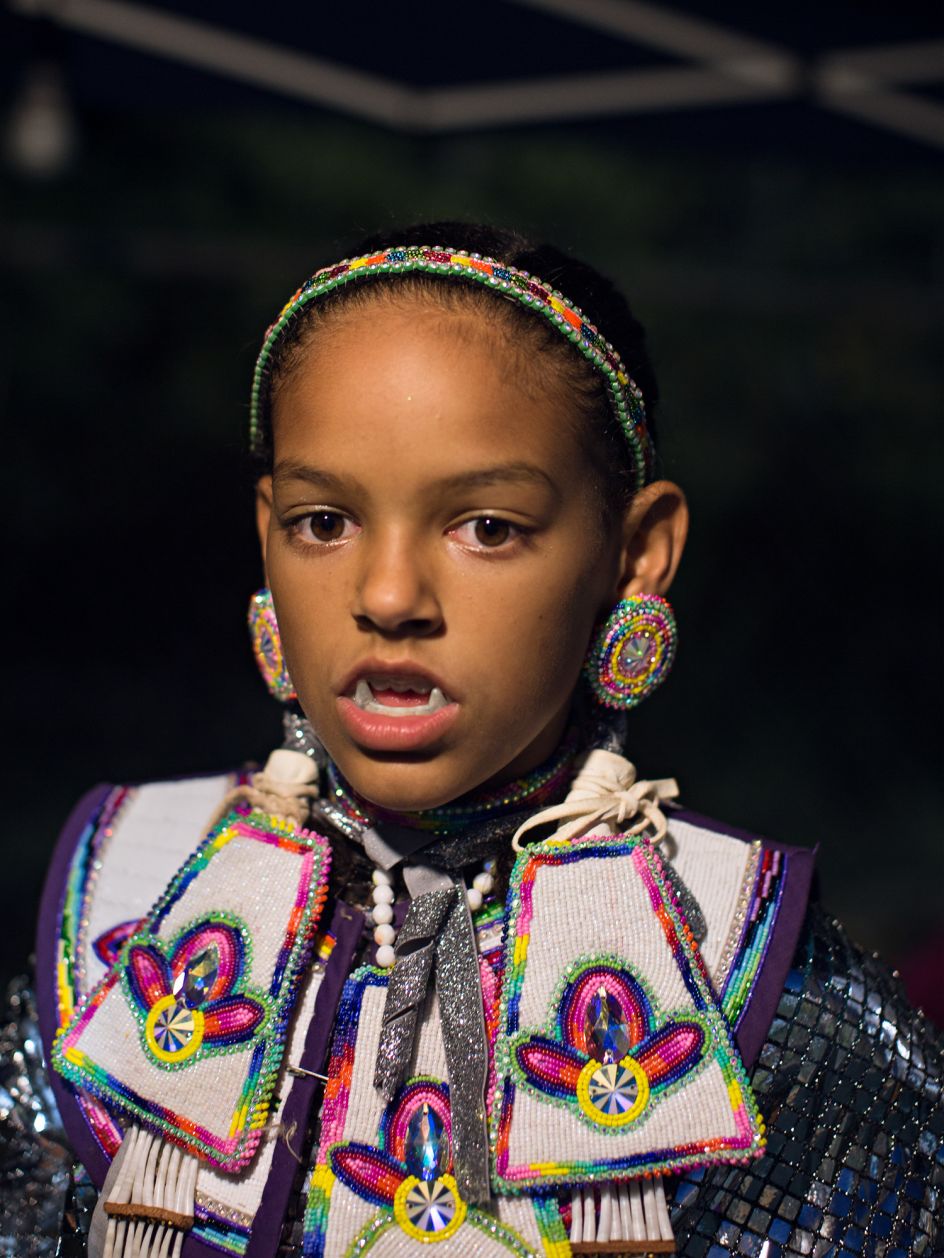
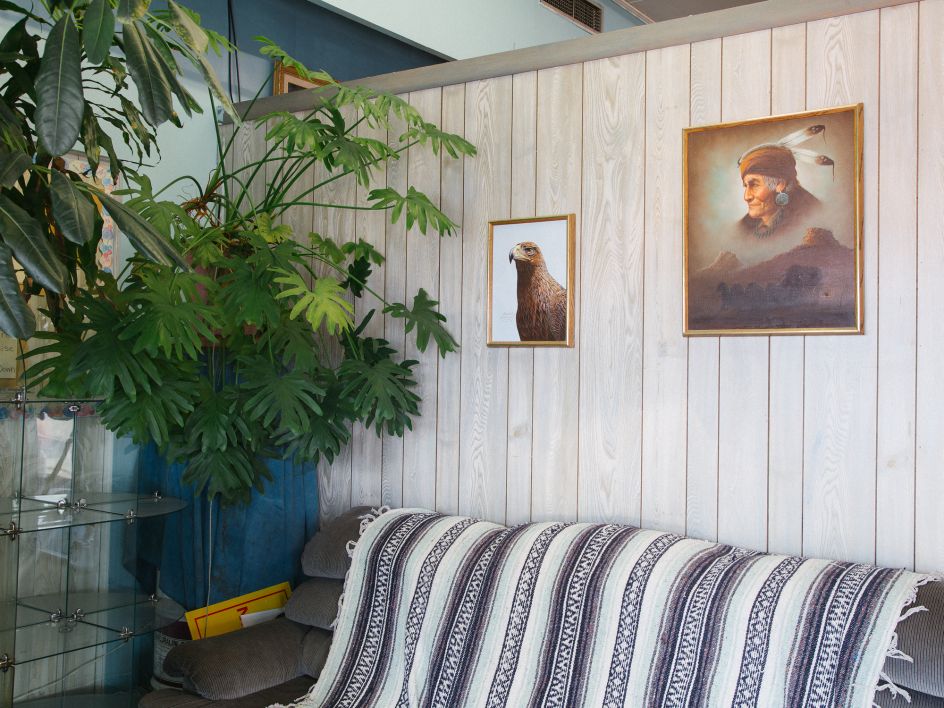
"Because of my accent and how I looked, that didn't fit the stereotypical look of a German person. So, I was often asked where I came from. I recall saying, 'I come from this city'. Often, the person asking followed up with, 'No, I meant, where are you really from? Where are your parents from?' Many times, this bothered me, and I did not want to expose myself, mainly because I just wanted to belong and did not want to be any different from anybody else.
"I share this sometimes unsatisfied feeling of belonging to something that somebody else cannot recognise, as in cannot even see and therefore dismisses, not only with the Lumbee. Identity and the politics surrounding it touch us all. I hope my work can enable the viewer to draw parallels and to see themselves in others."
You Don't Look Native to Me is available in a limited edition of 500 copies.
